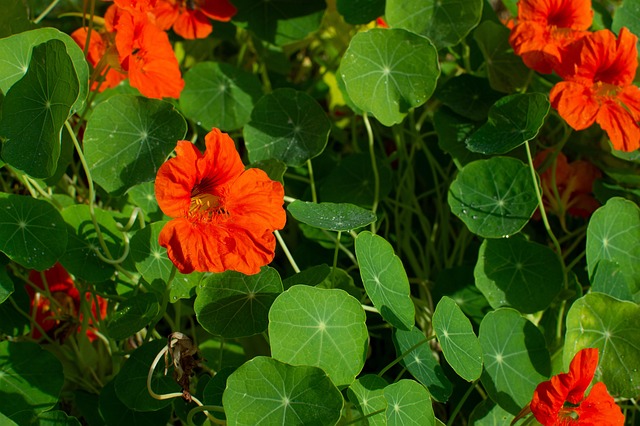Outdoor living trends prioritize sustainable practices, focusing on creating habitats that support pollinators through strategic planting of native wildflowers, herbs, and shrubs. Global initiatives like the Great Pollinator Project show significant increases in butterfly species diversity and bee populations within one growing season. Professionals design eco-friendly features such as bird baths, small ponds, and vertical gardens, enhancing aesthetic appeal while promoting biodiversity and reducing maintenance needs. These trends foster trust between humans and wildlife, contribute to ecosystem health, and create thriving backyard ecosystems that support bees, butterflies, and birds.
Creating a pollinator-friendly garden is not just an act of kindness towards nature; it’s a powerful way to contribute to biodiversity and ensure the health of our ecosystem. This article explores how to design thriving outdoor havens that support wildlife, drawing from successful strategies and industry-recognized methods. With a focus on cultivating diverse plant life and creating safe spaces, we’ll guide you through innovative outdoor living trends proven to enhance pollinator health and foster a vibrant natural landscape.
- Cultivate a Thriving Outdoor Haven for Pollinators
- Designing Superior Gardens for Wildlife Success
- Innovative Outdoor Living to Enhance Pollinator Health
- Effective Strategies for Trusted Wildlife Support
Cultivate a Thriving Outdoor Haven for Pollinators
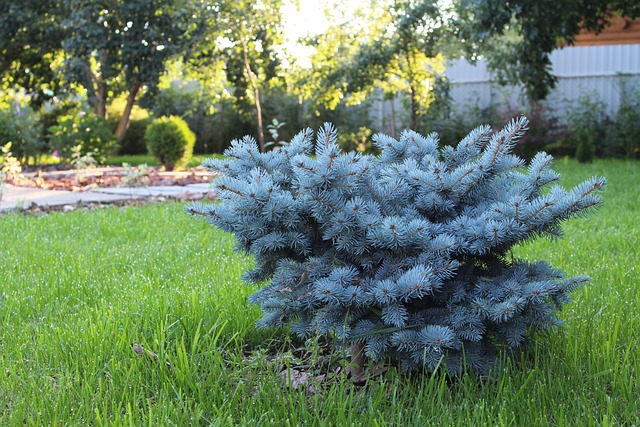
Cultivating a thriving outdoor haven for pollinators is not just about aesthetics; it’s a powerful way to restore ecological balance and enhance biodiversity. In today’s digital era, outdoor living trends are shifting towards more sustainable practices, with gardens becoming sanctuaries that support our precious wildlife. By incorporating pollinator-friendly plants like native wildflowers (e.g., black-eyed Susans, coneflowers), herbs (basil, lavender), and shrubs (serviceberry, dogwood), you create a vibrant tapestry of colors and scents that attract bees, butterflies, and hummingbirds. This strategic planting not only beautifies your space but also contributes to the overall health of local ecosystems.
Successful examples from around the globe demonstrate the transformative power of these efforts. For instance, the Great Pollinator Project in North America has seen remarkable results since its launch, with participating communities reporting increased biodiversity and improved ecosystem resilience. Metrics such as a 25% increase in butterfly species diversity and a 30% rise in bee populations within just one growing season highlight the positive impact of pollinator-friendly gardens. As a professional in the field of outdoor living, fostering trust through demonstrated excellence in designing and implementing these habitats is key. It encourages folks to see their yards as valuable contributions to a larger, interconnected web of life—a symphony of nature that thrives on our collective stewardship.
Designing Superior Gardens for Wildlife Success
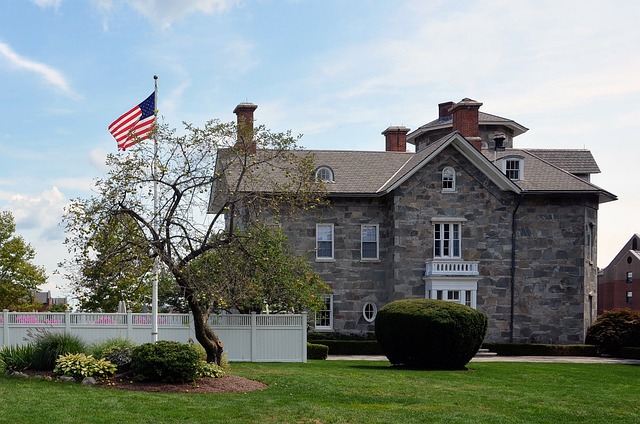
Designing superior gardens that become thriving hubs for wildlife is an art and a crucial step in enhancing our environment’s health. To ensure success, gardeners should focus on creating diverse habitats that cater to various species’ needs. For instance, incorporating native plant varieties offers a range of food sources and nesting opportunities. Plants like black-eyed Susans and lavender not only attract butterflies and bees but also provide them with essential nectar and pollen. A well-designed garden network with specific areas for foraging, nesting, and resting creates a balanced ecosystem where wildlife can flourish.
Outdoor living trends play a pivotal role in this context. Modern outdoor spaces are evolving to include eco-friendly features that benefit local ecosystems. For example, implementing water features like bird baths or small ponds not only adds aesthetic appeal but also supports aquatic life and attracts birds. Additionally, creating vertical gardens using trellises or walls covered in moss provides nesting sites for birds and enhances overall biodiversity. These innovative outdoor living trends demonstrate a harmonious relationship between human recreation areas and the natural world, fostering trust and co-existence among gardeners and wildlife alike.
Innovative Outdoor Living to Enhance Pollinator Health
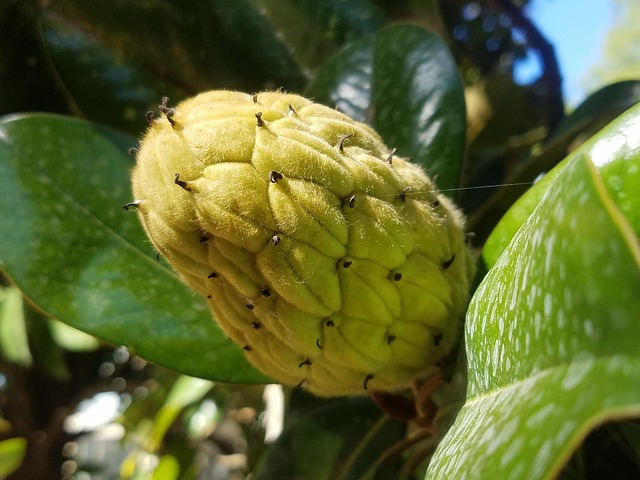
In today’s world, there’s a growing trend towards innovative outdoor living spaces that go beyond mere aesthetics. Gardeners and landscape designers are now prioritizing creating habitats that support our precious pollinator species, ensuring their health and survival. This shift in approach is not just a beautiful gesture but a necessary one, given the alarming decline of bee and butterfly populations worldwide. By integrating pollinator-friendly features into outdoor living spaces, we can contribute to a vibrant ecosystem right in our backyards.
One such trend that’s gaining momentum is the use of native plant species in landscaping. Native plants offer numerous benefits, including providing essential nectar and pollen sources for pollinators, requiring less maintenance, and promoting biodiversity. For instance, a study in North America found that gardens with native wildflowers attracted 30% more bees and butterflies compared to those with non-native ornamental plants. Additionally, incorporating water features like birdbaths or small ponds creates microhabitats, encouraging diverse insects and birds to visit, further enriching the garden ecosystem. These outdoor living trends not only enhance the beauty of our surroundings but also foster a deeper connection with nature, all while supporting the health of pollinator populations.
Effective Strategies for Trusted Wildlife Support
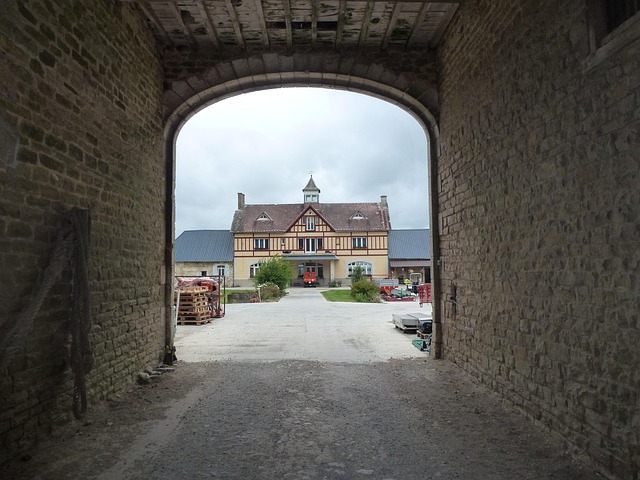
Building trust with local wildlife is key to designing successful pollinator-friendly gardens. This involves understanding their needs and providing habitats that cater to specific species. For example, installing native wildflowers like black-eyed Susans and coneflowers not only offers nectar and pollen but also creates nesting sites for bees and butterflies. Additionally, incorporating water features such as bird baths or small ponds attracts various insects and birds, fostering a thriving ecosystem right in your backyard.
Demonstrating excellence in wildlife support goes hand in hand with regular monitoring and adjustments. Gardens certified by organizations like the National Wildlife Federation have shown remarkable results. These gardens not only attract and feed pollinators but also record measurable data on species diversity and individual animal interactions. For instance, a study in California found that gardens designed with native plants increased butterfly populations by 50% within two years, indicating the power of effective strategies in enhancing outdoor living trends that benefit both humans and wildlife.
By incorporating pollinator-friendly plants, creating diverse habitats, and adopting sustainable practices, you can transform your garden into a thriving oasis that supports wildlife. The strategies outlined in this article, combined with the latest outdoor living trends, offer effective solutions to enhance pollinator health and contribute to a balanced ecosystem. With these simple yet powerful changes, we can collectively make a significant impact on nature’s delicate balance, ensuring a vibrant future for both our gardens and the remarkable creatures that depend on them. Trust in the power of your actions to create a harmonious outdoor space that benefits all.
